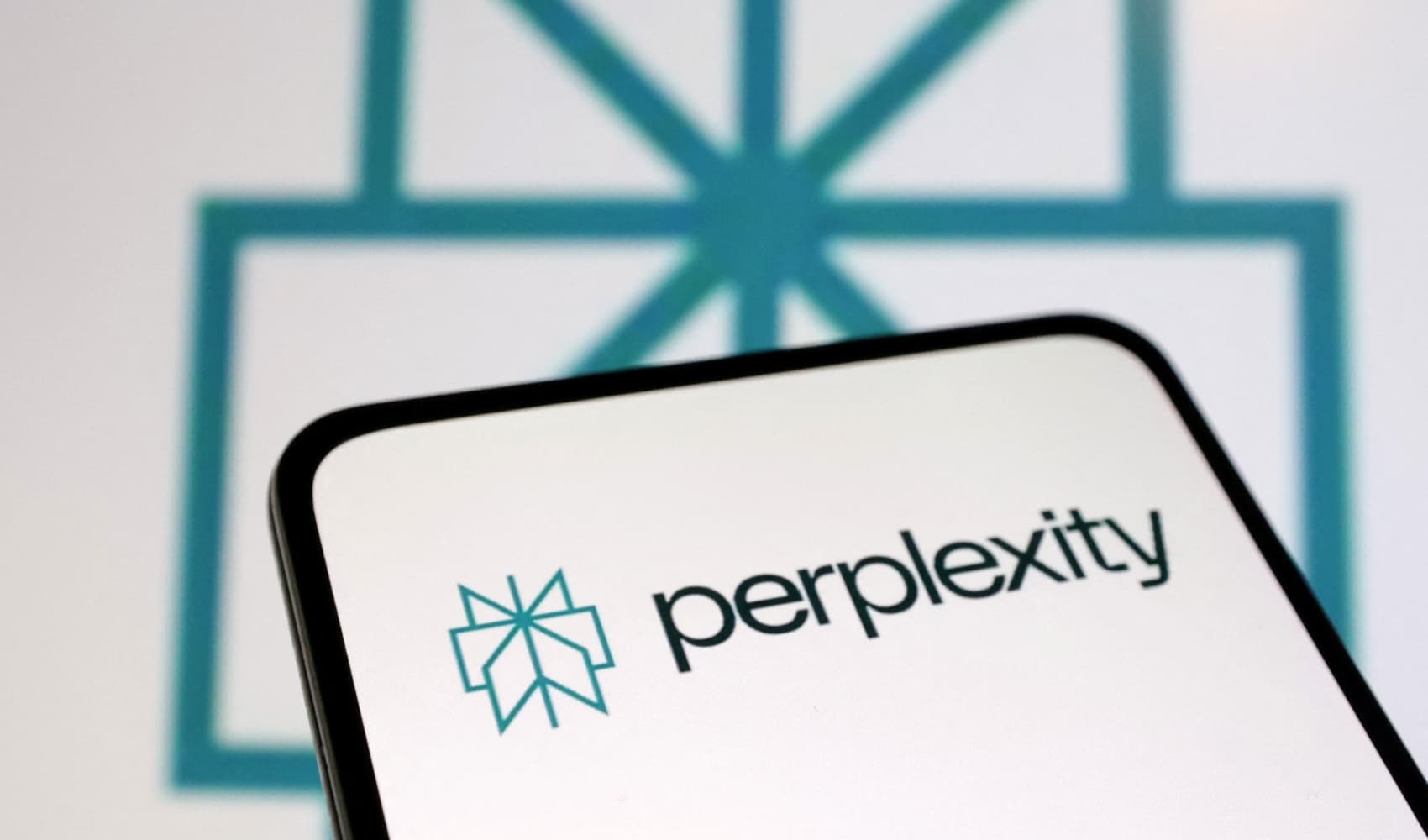Palantir: Stock Drops Despite Earnings Beat & Raised Guidance
Palantir's Wild Ride: In-Line Earnings, Raised Guidance, and a Stock Drop!
Introduction: The AI Darling's Double-Edged Sword
Palantir, the data analytics and AI powerhouse, has been making waves. Their stock has soared this year, defying the downturn that has plagued many tech companies. But is it all smooth sailing? Recently, Palantir announced its first-quarter earnings, and the market responded in a way that might leave investors scratching their heads. The company beat revenue expectations and raised its full-year guidance, yet the stock dipped. Let's dive into what's happening and try to unpack this seemingly paradoxical situation.
Earnings Overview: A Deeper Look at the Numbers
So, what exactly did Palantir report? Here's a breakdown:
Revenue and Earnings Per Share (EPS)
The key figures are in! Palantir reported:
- Earnings per share: 13 cents adjusted, meeting expectations
- Revenue: $884 million, beating the expected $863 million
Those numbers look pretty good, right? Beating revenue estimates is generally a positive sign, showing that the company's products and services are in demand. Meeting EPS expectations means they're managing their profitability effectively. But why the stock drop, then?
The Guidance Boost: Looking Ahead with Optimism
One of the most significant takeaways from the earnings report was Palantir's increased full-year guidance. This signals confidence in the company's future performance. Think of it like a chef adding more spices to the dish – they believe it's going to be even tastier! The company is clearly optimistic about its growth trajectory.
Alex Karp's Vision: The Operating System for the AI Era
CEO Alex Karp isn't one to shy away from bold statements. In the earnings release, he declared that Palantir is "delivering the operating system for the modern enterprise in the era of AI." That's a big claim, suggesting Palantir sees itself as the foundational layer for how businesses will operate in an AI-driven world. Is he right? Only time will tell, but the ambition is certainly there.
Market Reaction: Why the Post-Earnings Dip?
Ah, the million-dollar question! Why did the stock decline after what appeared to be a positive earnings report? There are several factors to consider:
Profit-Taking
Palantir's stock has already had a phenomenal run this year, up over 60%. Some investors might have decided to take profits, selling their shares to lock in gains. It's like cashing out your chips after a winning streak at the casino.
Expectations
Sometimes, it's not just about beating expectations, but about *how much* you beat them. If the market had priced in an even larger revenue beat, the actual results, while positive, might have been seen as slightly disappointing. Think of it like this: if you expect a fireworks display to be spectacular, a merely "good" show might feel underwhelming.
Broader Market Trends
The overall market sentiment can also play a role. If there's general uncertainty or volatility in the market, even good news from a specific company might not be enough to prevent a stock dip. Sometimes, the tide just pulls everything down.
AI Hype Cooling?
With AI being *the* buzzword of the year, perhaps some investors are becoming more discerning. Are they starting to question whether every AI company is worth the sky-high valuations? Is the market beginning to separate the wheat from the chaff?
Palantir's AI Advantage: What Makes Them Different?
So, what gives Palantir its edge in the AI race? Here are a few key factors:
Data Integration and Analysis
Palantir excels at integrating and analyzing vast amounts of data from diverse sources. This is crucial for AI applications, as AI models need data to learn and function effectively. Think of it as feeding the AI engine with the right fuel.
Customizable Solutions
Palantir doesn't offer a one-size-fits-all AI solution. Instead, they provide customizable platforms that can be tailored to the specific needs of different organizations. This flexibility is a major selling point.
Focus on Enterprise Clients
Palantir primarily targets large enterprise clients, including government agencies and major corporations. These clients often have complex data challenges and are willing to invest in sophisticated solutions. This is a high-margin business model.
The Growth Potential: Where is Palantir Headed?
What does the future hold for Palantir? Here are a few potential growth drivers:
Expanding into New Industries
While Palantir has traditionally focused on government and defense, they're increasingly expanding into other industries, such as healthcare and finance. This diversification can help them reach new markets and accelerate growth.
Leveraging AI for New Applications
As AI technology continues to evolve, Palantir has the opportunity to develop new and innovative applications for its platforms. This could include things like predictive maintenance, fraud detection, and personalized medicine. The possibilities are almost endless.
Strategic Partnerships
Collaborating with other technology companies can help Palantir expand its reach and capabilities. Strategic partnerships can provide access to new technologies, markets, and customers. It's all about synergy.
Risks and Challenges: Not All Sunshine and Roses
Despite the positive outlook, Palantir also faces some challenges:
Competition
The AI market is becoming increasingly crowded, with new players emerging all the time. Palantir faces competition from both established tech giants and nimble startups. Staying ahead of the curve is crucial.
Privacy Concerns
As a company that handles sensitive data, Palantir must be vigilant about protecting privacy. Data breaches or misuse of data could damage the company's reputation and lead to regulatory scrutiny. Trust is paramount.
Valuation
Palantir's stock valuation is relatively high compared to some of its peers. This means that the company needs to continue delivering strong growth to justify its price. The pressure is on.
The Long-Term Perspective: Is Palantir a Buy?
So, should you invest in Palantir? That's a question only you can answer, based on your own investment goals and risk tolerance. However, here are a few things to consider:
Consider Your Investment Timeline
Are you a long-term investor, or are you looking for a quick profit? Palantir is likely a better fit for long-term investors who are willing to ride out short-term volatility. Patience is a virtue.
Do Your Research
Don't just take my word for it! Do your own research and understand the company's business model, financials, and competitive landscape. Knowledge is power.
Assess Your Risk Tolerance
Are you comfortable with the risks associated with investing in a growth stock? Palantir is a relatively volatile stock, so be prepared for potential price swings. Know yourself.
The AI Revolution: Palantir's Role in the Future
Whether or not Palantir lives up to its CEO's grand vision of becoming the "operating system for the modern enterprise," it's clear that AI is transforming the world. Palantir is positioned to be a major player in this revolution.
Beyond the Headlines: What the Analysts are Saying
It's always helpful to see what the professional analysts think. Some analysts remain bullish on Palantir's long-term prospects, citing its strong growth and leadership in the AI space. Others are more cautious, pointing to the company's high valuation and increasing competition. Take their opinions with a grain of salt, but they can offer valuable insights.
The Bottom Line: Opportunity and Risk
Investing in Palantir is a bet on the future of AI. There's significant upside potential, but also considerable risk. It's a high-risk, high-reward investment. Weigh your options carefully.
Conclusion: Palantir's Story is Far From Over
Palantir's recent earnings report presented a mixed bag: a revenue beat, raised guidance, but a stock price decline. While the immediate market reaction might seem discouraging, it's crucial to look beyond the headlines. Palantir is a company with significant growth potential in the burgeoning AI market. The company's focus on data integration, customizable solutions, and enterprise clients positions it well for long-term success. However, challenges like competition, privacy concerns, and valuation remain. As an investor, staying informed and understanding both the opportunities and risks are crucial to making sound decisions about Palantir.
Frequently Asked Questions
- Why did Palantir's stock fall even after raising guidance?
Several factors could contribute to this, including profit-taking after a strong run-up, expectations of an even larger beat, broader market trends, and potentially a cooling of enthusiasm for AI stocks generally. Investors may have been anticipating more significant outperformance.
- What are Palantir's main competitive advantages?
Palantir's advantages include its expertise in data integration and analysis, its customizable platform approach, and its focus on enterprise clients, including government agencies and major corporations. They provide solutions tailored to specific, complex needs.
- What are the biggest risks facing Palantir?
Key risks include increasing competition in the AI market, potential privacy concerns related to data handling, and its relatively high stock valuation, which requires sustained high growth to justify.
- How is Palantir different from other AI companies?
Unlike many AI companies focused on consumer applications, Palantir primarily targets large enterprise clients with complex data challenges. It emphasizes customizable platforms over off-the-shelf solutions, allowing greater flexibility.
- Is Palantir a good long-term investment?
That depends on your individual investment goals and risk tolerance. Palantir has strong growth potential in the AI market but also faces challenges. It is likely a better fit for long-term investors comfortable with potential volatility.




